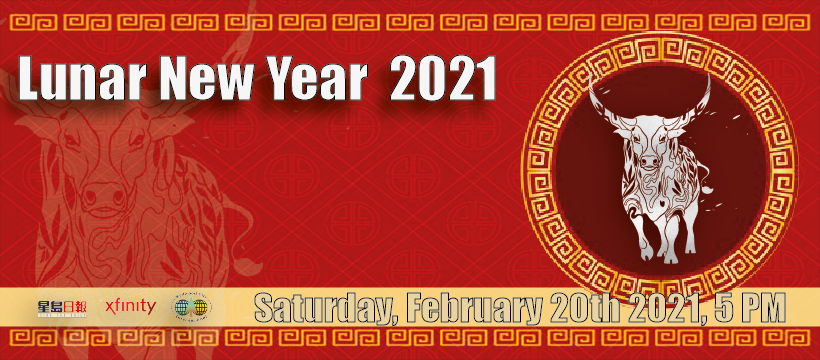Pamela Cruz. Peninsula 360 Press [P360P].

It is easier to bend the body than to bend the will. Chinese proverb.
Hundreds of years ago, there, amidst candles and incense, the "zhezhi"When paper folding first appeared in China, paper folding became present at ceremonial events; so special did it become to fold a piece of paper over and over again that it became art.
Japan is typically credited with the origin of "origami", however, Chinese culture showed, almost parallel to Japanese traditions, examples of paper folding, where artistic minds experimented with various shapes and techniques.
From fibres to paper
It is well known to historians that the invention of paper is attributed to Cai Lun around 105 AD, an official of the imperial court during the Han dynasty, who created sheets of paper from mulberry leaves, bast bark fibers, old rags, fishing nets, and hemp waste.
Although the earliest forms of paper had existed in China since the second century B.C., its standardization of the process and improvements in the overall composition over the years helped paper become widely used as a writing medium, and could become what we know today.
Such was Cai Lun's achievement and advancement, that by 114 A.D., he was bestowed great wealth by Emperor He and made a marquis, including the erection of a temple in his honor in Chengdu after his death in 121 A.D.
The art of paper folding in Chinese culture
The vast majority of people have one word in mind when they think of paper folding, "origami", which is a Japanese term from the union of the words oru ?folding? and kami ?paper?
However, in China it took the name of "zhezhi" ? in Chinese: ??; pinyin: zhézh??, almost poetic, because with a slightly different accentuation, that same word means massage, an art that also involves the hands.
Thus, zhezhi was first used in China for ceremonial purposes. Texts detail that at funerals, people burned representations - on folded paper - of gold nuggets, which were used as currency until the 20th century. It was believed that these paper nuggets would accompany the deceased on their journey.
Similarly, it is specified that even small replicas, made of folded paper, of the most precious articles of the deceased were made, which were included in the tombs and altars that were created in his name and for prayer for his soul.
And, unlike origami, which opts for figurines of living beings such as flowers or animals, paper folding in China, focuses on inanimate objects.
So much so that history mentions the Chinese as creators of various paper toys, especially for children. The most famous is an inflatable paper balloon, which was filled with water and used to throw it between children or against the ground, gradually, and in its new version, became the plastic balloon.
Golden Venture
Golden Venture folding, also known as 3D "origami", were models developed and created by a group of Chinese refugees in the early 1990s after they were detained in a U.S. prison for attempting to illegally enter the country on a freighter named "Golden Venture".
They invented a style of paper folding that involves joining hundreds of identically folded triangular units to make swans, pineapples, and other shapes. Refugees spent many hours folding these patterns, which were given as gifts to those working for their freedom or sold at charity fundraisers to help pay their legal fees while they applied for asylum.
From dubbing to literature
Maying Soong published "The Art of Chinese Paper Folding" in 1948. The book helped popularize paper folding in the 20th century and helped the difference in technique and nuance with its Japanese counterpart to be understood.
Among the most important models included in the publication are a love knot, a paper cup, a Dutch hat, a dustpan and a grinder.
Stories like this and more, you can find out more at Peninsula 360 Press' virtual celebration of Chinese New Year 2021 on February 20th at 5 PM, where we will celebrate the arrival of the hardest working animal symbol of the zodiac, the Ox. Don't miss it.


